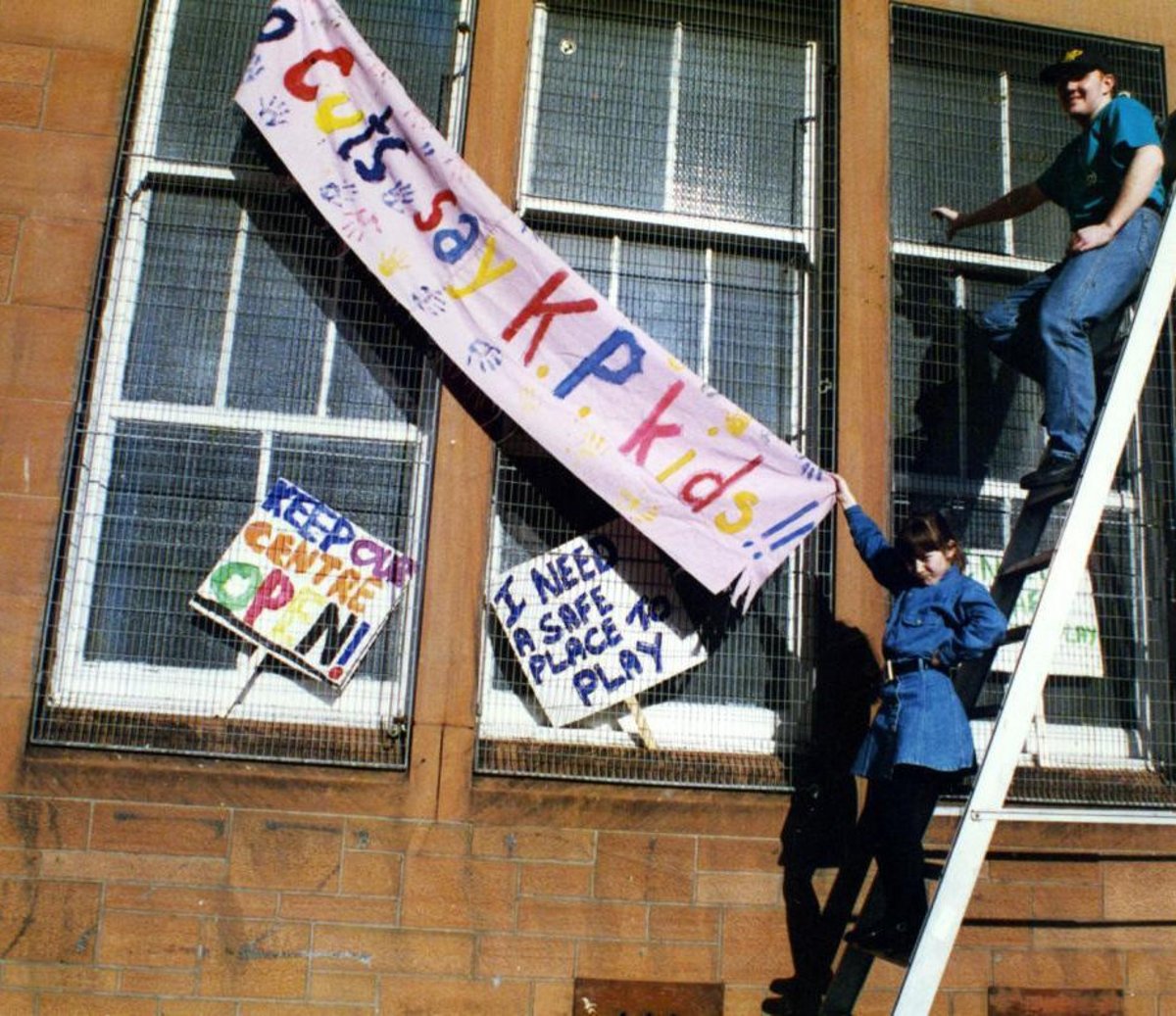
“Work forever.”
It’s the new retirement plan. Especially for Gen Z. But it’s not a lifestyle choice. It’s a coping mechanism in a system that hasn’t kept pace with how we actually live and work today.
Just 1 in 5 Gen Z workers is saving for retirement, according to TIAA. Not because they don’t care, but because they’re financially boxed in. They’re navigating a job market defined by instability, record debt and skyrocketing costs.
Meanwhile, the retirement infrastructure they’re supposed to rely on was built for their grandparents’ economy.
That disconnect is creating a national crisis.
Kiplinger’s Adviser Intel, formerly known as Building Wealth, is a curated network of trusted financial professionals who share expert insights on wealth building and preservation. Contributors, including fiduciary financial planners, wealth managers, CEOs and attorneys, provide actionable advice about retirement planning, estate planning, tax strategies and more. Experts are invited to contribute and do not pay to be included, so you can trust their advice is honest and valuable.
A system out of sync
We keep telling young people to save for retirement as soon as possible, but Gen Z’s math is punishing.
While today’s dollar may go further, the cost of essentials has skyrocketed. They’re paying 31% more for housing, twice as much for car insurance and nearly 50% more for health insurance than Millennials at the same age, according to a report by Consumer Affairs.
And many of them don’t even have access to employer-sponsored retirement plans in the first place.
Why? Because they’re not working traditional jobs. A growing number of Americans freelance, with the total expected to surpass 50% by 2027, according to Statista. Digital creator jobs have grown since the pandemic.
The majority of Gen Z now aspire to be influencers, contributing to the segment’s growth from 200,000 jobs in 2020 to 1.5 million in 2024.
Younger Americans are embracing career independence, flexibility and creative income streams. But they’ve been left behind by a retirement system that assumes a 9-to-5 job and steady paychecks.
Six-figure cost of delay
We’ve made saving early feel impossible, and yet, the penalty for waiting is enormous.
If a 25-year-old saves just $100 a month ($1,200/year) into a retirement account, assuming a 7% annual rate of return, they could end up with nearly $248,000 by retirement. Start at 40, and their savings would total just over $78,000. That’s a $170,000 difference just for waiting 15 years.
And that’s before factoring in rising health care costs, projected at $172,000 for the average 65-year-old, according to Fidelity Investments’ Retiree Health Care Cost Estimate.
For retirees choosing popular enhanced coverage options, projected health care costs are about $320,000 for women and $281,000 for men, according to Milliman’s Retiree Health Cost Index.
Gen Z isn’t just expected to save more, earlier; they’re doing it without support, while paying more for everything else.
Complexity is its own barrier
We live in an age where you can open a bank account or book a vacation with a few taps. But try to open a retirement account, and you’re faced with a maze of acronyms, fees and decisions.
Half of Americans say they’re confused by their workplace 401(k) options, according to a 401(k) literacy survey by Pontera.
Yale Law and Policy review found a third don’t know they’re paying fees. And even among those who are saving, many don’t understand their investments, let alone how to adjust them.
This isn’t a knowledge gap. It’s a design failure.
The same survey by Pontera found that nearly 3 out of 4 Americans want more professional help with their 401(k)s, and many are willing to pay for it. We’ve created a system so complex that people need to hire experts just to navigate what should be a basic financial tool.
When retirement planning feels like rocket science, people simply don’t do it.
Retirement planning is broken
The shift from employer-managed pensions to individual plans was supposed to offer more control. Instead, it’s left millions of workers alone in the dark.
Only 47% of Americans without a workplace plan feel on track to retire, vs 68% of those with access, according to the 2025 BlackRock Read on Retirement report.
Without an employer plan, workers lose built-in prompts and nudges like auto-enrollment and employer matches that make saving easier. And even for those who do have access, making the right choices requires a level of financial fluency most people don’t have, and shouldn’t need.
Looking for expert tips to grow and preserve your wealth? Sign up for Adviser Intel (formerly known as Building Wealth), our free, twice-weekly newsletter.
More Americans are working longer, but not by choice. A survey by Wealthway Advisors found that 64% of people expect to retire at 65, but only 28% actually do. Since 2015, the number of workers over 65 has grown by more than 33%.
The most common jobs they’re holding? Retail, trucking, janitorial services and personal care — roles that are physically demanding, lower-paid and often far from what they imagined for retirement.
It’s time to rebuild retirement
Gen Z isn’t failing to plan for retirement. The system is failing them. We need a model that reflects the way people work today. That means:
Flexible savings tools built for irregular income, not just W-2 payrolls
Portable benefits that move easily when consumers want them to
A user experience that’s simple, not overwhelming
And above all, a shift in mindset: Retirement is not a luxury. It’s a necessity.
It should be accessible whether you’re a freelancer, entrepreneur, creator or consultant.
Because “work forever” isn’t a plan. It’s a warning.
The Costly Mistake You Might Be Making With Your First 401(k)
Median Income by Generation: How Do You Compare?
Five Ways to Catch Up on Retirement Savings
Financial Pros Provide a Beginner’s Guide to Building Wealth in 10 Years
Nine Key Tips Self-Employed and Gig Workers Should Know About Retirement



